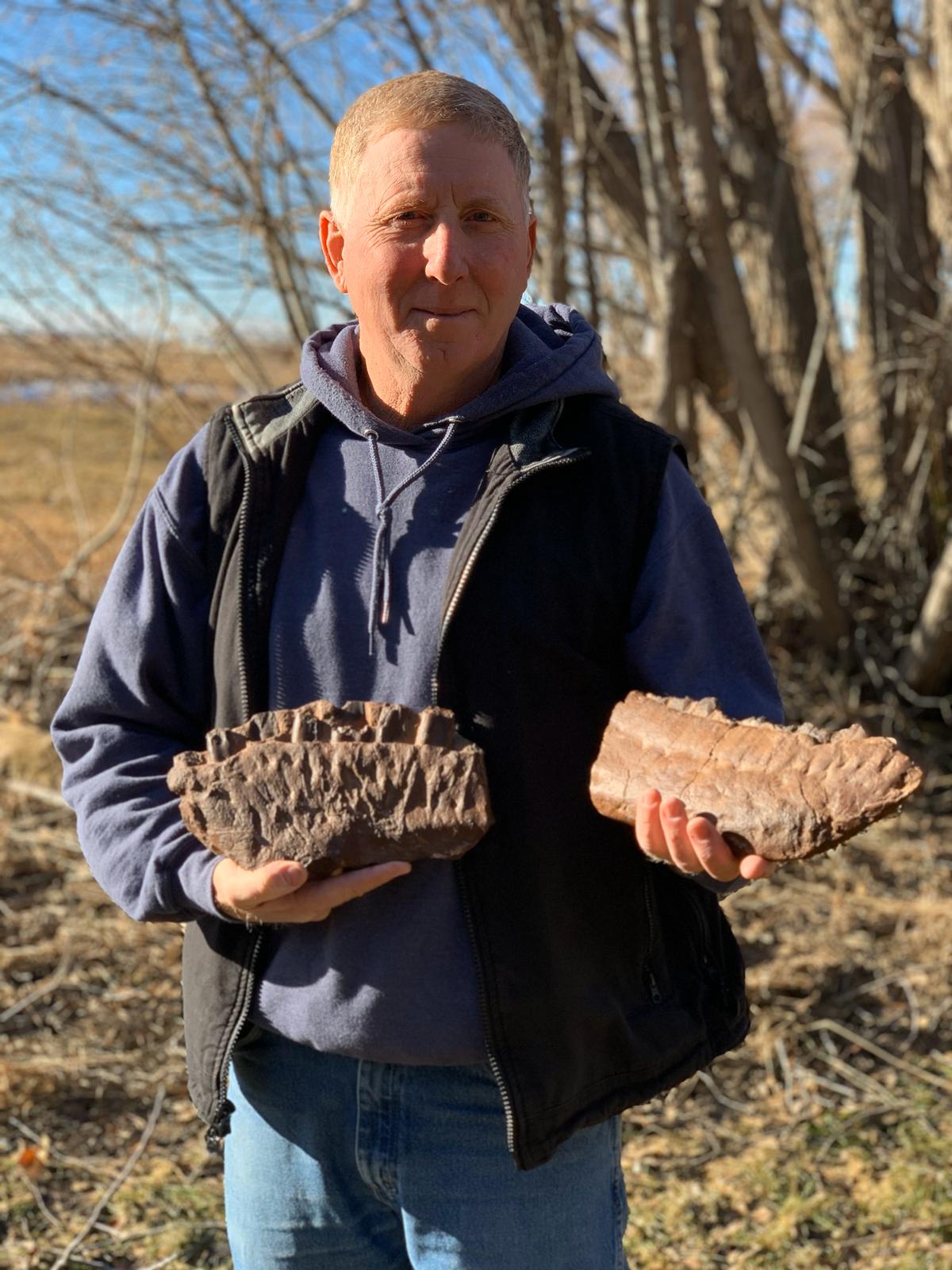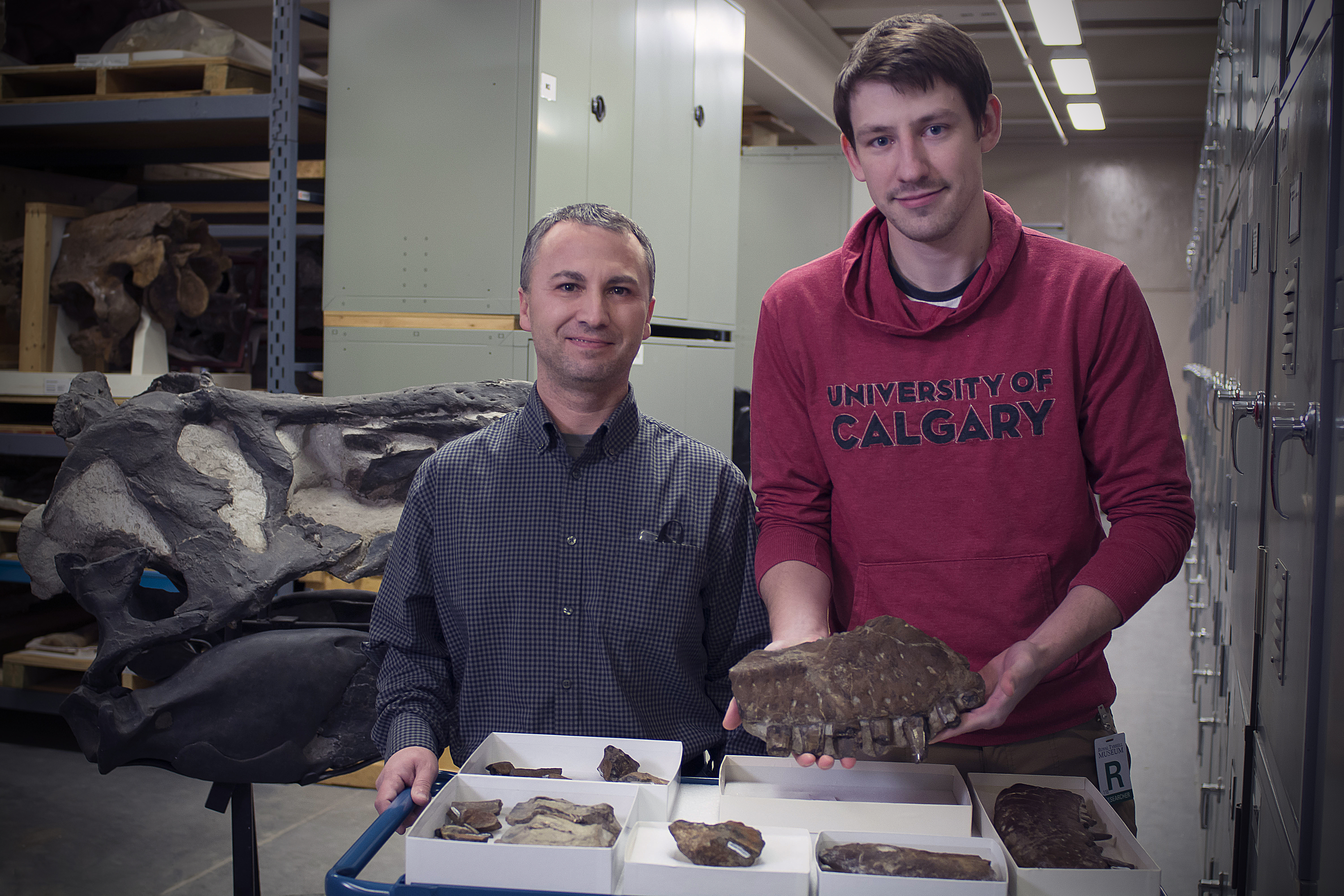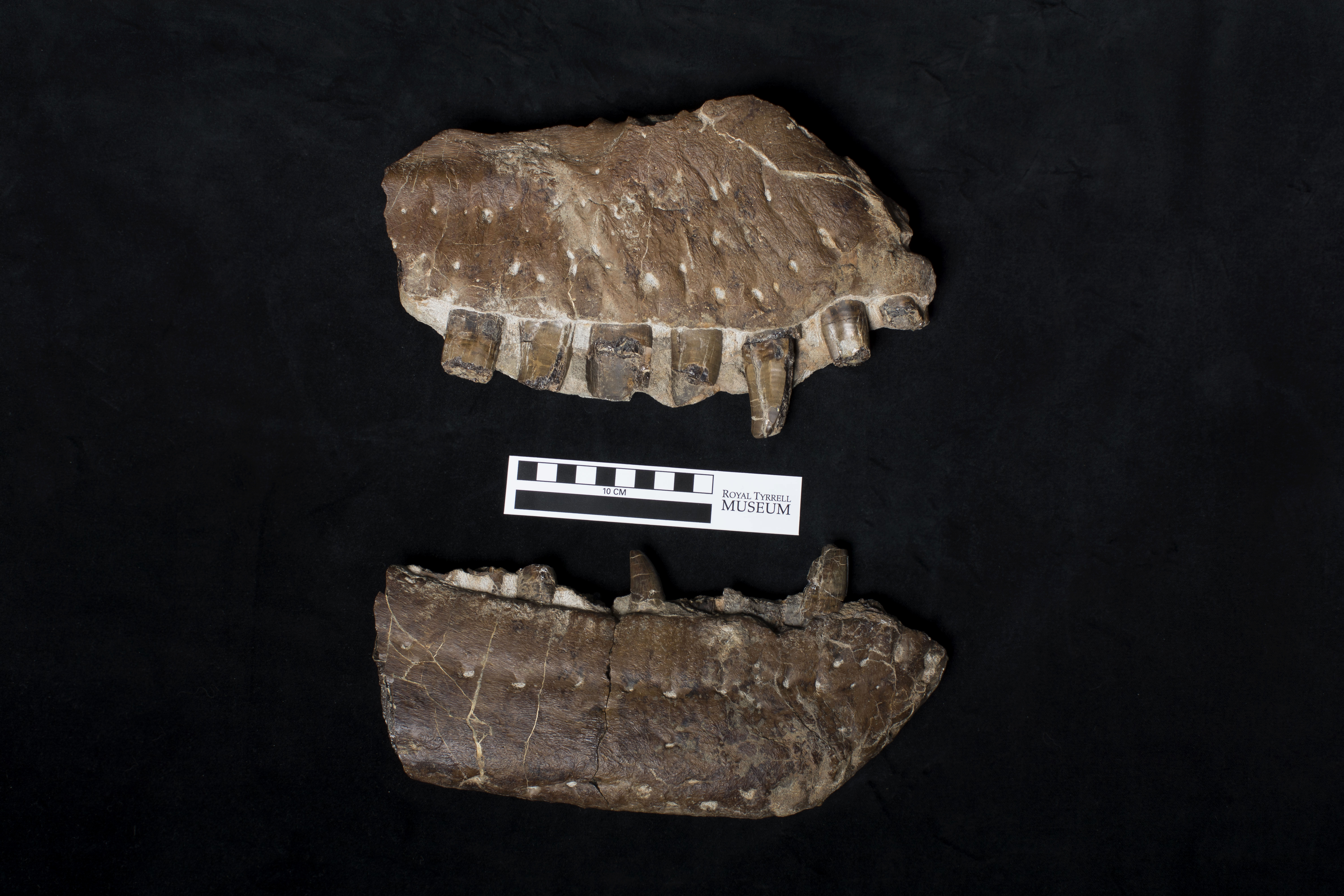
New dinosaur unearthed in Alberta a significant find for the field of paleontology
DRUMHELLER, AB – The ‘reaper of death’ has been discovered in Alberta.
That’s what a new dinosaur found near the hamlet of Hays, the Thanatotheristes degrootorum, is being called.
Lethbridge News Now spoke with Dr. François Therrien, Curator of Dinosaur Palaeoecology at the Royal Tyrrell Museum in Drumheller about the new species, which is a member of the tyrannosaur family.
“Tyrannosaurs are the big meat-eaters that are closely related to the famous T-Rex, so it’s an animal that would have walked on two legs, would have had very short fore-limbs with only two fingers on its hand and a big massive head with big crushing, bone crushing teeth,” Therrien explained.





